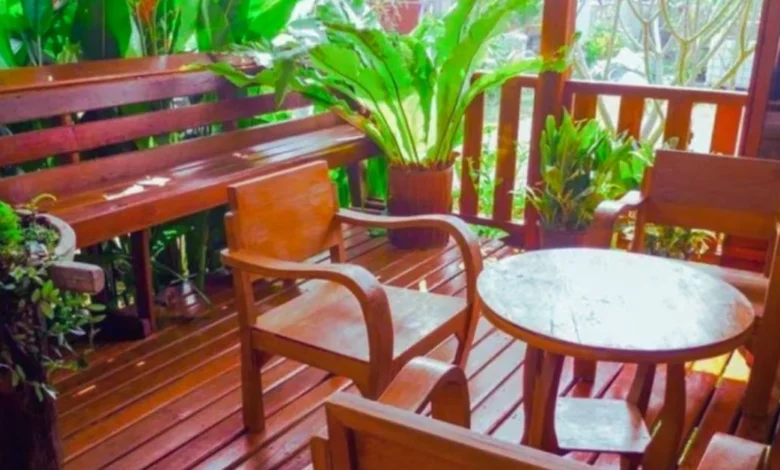Humidity and Wood Furniture: Everything You Need to Know to Protect Your Pieces

If you own some heirloom wood pieces or make your own furniture in the woodshop, you’ll likely have some questions about humidity and maintenance. What’s the optimal humidity range for wood furniture, and how can you use tools like an ultrasonic mist humidifier to keep things under control?
To protect your investment from humidity-related damage and keep your furniture looking its best for years to come, there are steps you can take to ensure your pieces stay in top condition.
Know Your Type of Wood Furniture
The first step is to understand what kind of wood your furniture is made from, and how it reacts to changes in humidity. Hardwood species like teak, mahogany, cherry, oak, and walnut are all vulnerable to warping or cracking due to fluctuations in humidity levels.
Softwood species like pine, cedar, and fir are more likely to swell from excess moisture. To avoid damage or warping, it’s important to know your wood type and how it reacts in different environments. Knowing this information can help you narrow down the best humidity range for your furniture.
Optimal Humidity Levels for Wood Furniture
The optimal range of relative humidity (RH) for wood furniture is 40-50%, but it can vary slightly depending on the type of wood. For hardwood species, a range of 35-45% RH is ideal for preventing warping or cracking.
Softwood species like pine and cedar should aim for a range of 45-55% RH. If the humidity levels in your home range from 35-55% RH, you should be safe with any kind of wood furniture.
The best way to know if your home is too dry (or too humid) is to invest in a device that can measure and track the humidity levels in your home. The most accurate type of gadget for this task is an electronic hygrometer, which should be placed near the wood furniture you want to monitor.
Managing Humidity with an Ultrasonic Mist Humidifier
To keep your wood furniture in top shape, a humidifier is one of the best tools you can use. An ultrasonic mist humidifier s the most common type, and rely on ultrasonic vibrations to create a cool mist that helps increase humidity levels in your home.
These humidifiers usually come with digital controls so you can set the desired RH level for your furniture. They also have sensors that detect when the humidity level drops too low, so you won’t have to worry about manually adjusting the settings.
Another benefit of a mist humidifier is that it won’t leave behind any white dust as some other types do. The cool mist also helps keep your furniture from drying out, which can cause warping or cracking over time.
Removing Humidity from the Atmosphere
When humidity levels in your home become too high, wood furniture can start to swell and warp. If this happens, you can use a dehumidifier to reduce the moisture in the air and protect your pieces.
A dehumidifier works by passively drawing atmospheric moisture and depositing it into an internal reservoir. You can then empty the reservoir periodically to reduce the humidity in your home.
How do you know when to turn on the dehumidifier or humidifier? If the relative humidity in your home is more than 55%, then it’s time to turn on the dehumidifier. If the RH is below 35%, you should use a humidifier to bring moisture levels back up.
It can be a balancing act during some periods of the year, and you may find yourself switching between a humidifier and a dehumidifier, depending on the weather.
Tips for Cleaning and Maintenance
To keep your wood furniture looking its best, it’s important to clean and maintain it regularly. Dust buildup can cause scratches, so use a soft cloth to dust off any surface dirt or debris that may be present. You can also use a slightly damp cloth for tougher grime.
Maybe your furniture has been damaged by moisture or insects, and you want to use a wood treatment product. Read the labels carefully and make sure it’s compatible with your type of furniture.
If you’re using wax or oil to protect the finish, make sure it’s applied correctly and check periodically for any wear or fading. This can help prevent deep scratches and protect your furniture from excess moisture.
Manage Humidity for Wood Furniture Longevity
A damp environment is one of the biggest enemies of wood furniture, and it’s essential to keep it at optimal levels for your pieces to stay intact. On the other hand, extreme dryness can also cause warping or cracking.
By paying attention to changes in humidity and investing in the right tools, like a mist humidifier or dehumidifier, you can keep your wood furniture looking new for years to come. With proper maintenance, cleaning, and care, it should last for generations.



